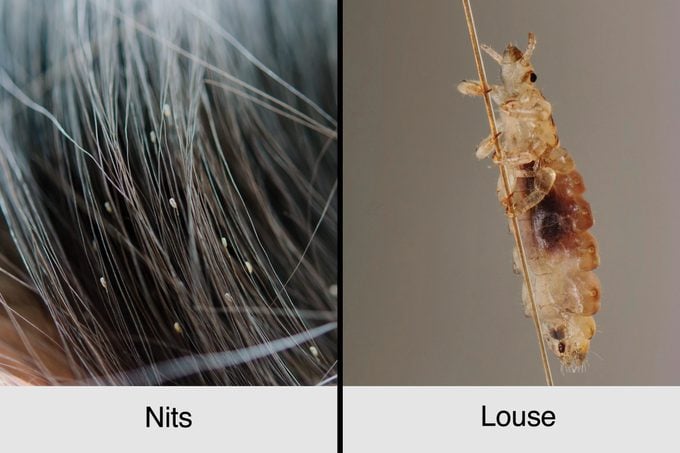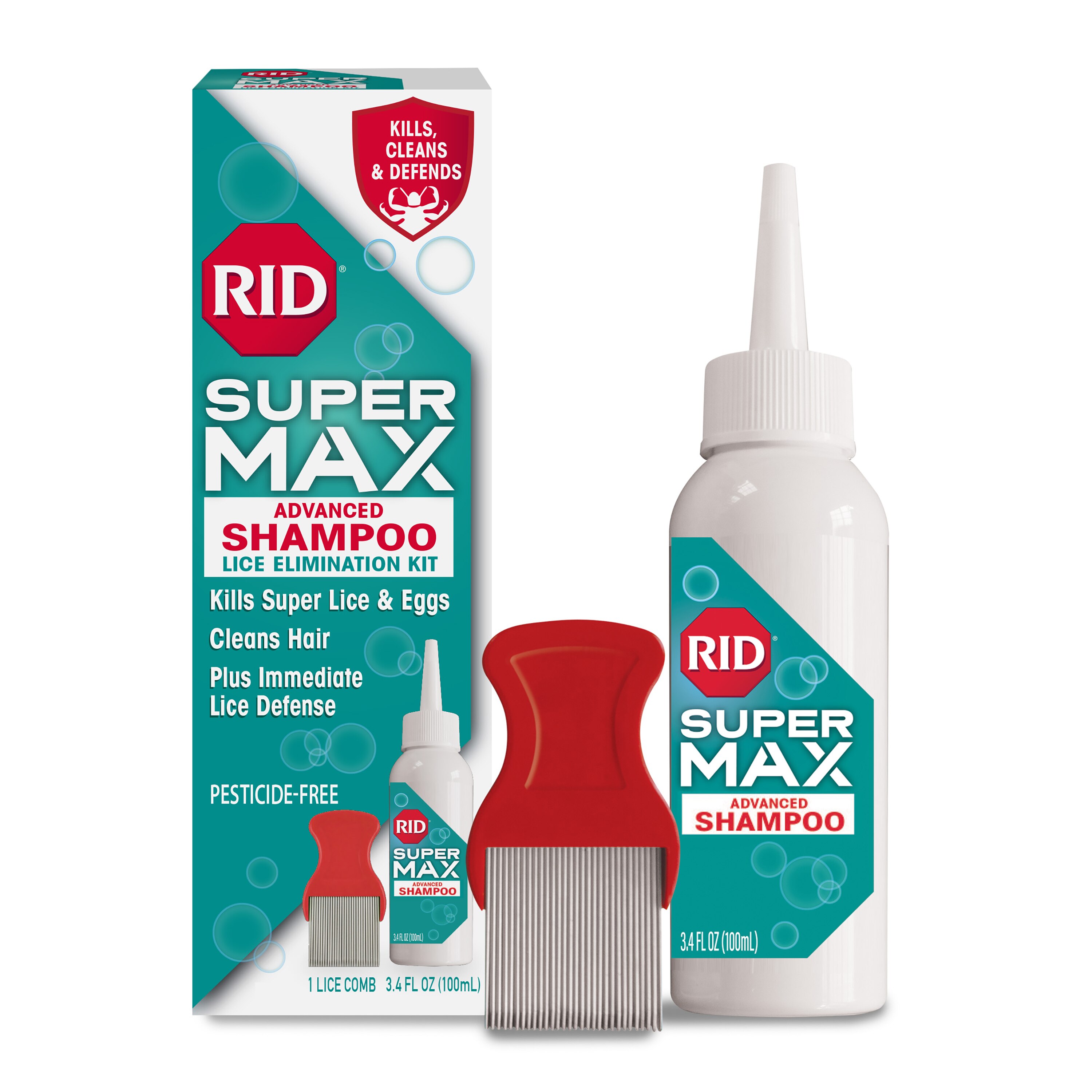Disclaimer [ENGLISH]
Disclaimer : This material is for educational purposes only. You, the reader, as...
What are head lice (head louse)?
- A head louse is a parasite that lives close to the scalp of humans.
- It is not known to cause any disease, but it survives by eating human blood multiple times per day.
- Lice are only spread from one human to another, not by animals.
- Once removed or removed from the body, they die within 24 hours.
- They go through different life stages and lay eggs along the scalp line.
- This is why you may see lice that are moving and lice in the egg form.
- Your child should never be kept out of school because they have lice.

What are the symptoms of lice?
- Your child may have a funny, tingling sensation, that feels like something moving.
- You may see the lice moving like little black dots in the hair or white/yellowish eggs on your child’s scalp.
- Your child may scratch their head excessively.
- Lice are most active at night, so your child may have restless sleep due to itching.
- You may notice sores on your child’s head due to the scratching.
- This itch is due to a normal allergic reaction that your child’s scalp has to the lice.
- If your child has never been infected before or if there are minimal lice, your child may not have any obvious symptoms, you may only notice if you see the lice.
How do I treat my child’s lice?
- Do not treat your house with fumigating sprays or fog, that is unnecessary and can be toxic.
- There are different medications, some are over the counter, and some are prescription.
- Be sure to follow directions on the medication.
- Have your child remove any clothing that may get wet or stained from the treatment.
- Put on clean clothes after the treatment.
- If your child has long hair, you may need double the amount.
- Treat all household members or contacts that are infested by lice.
- Use a nit, fine tooth comb to remove any many lice and nits as possible.
- If in 8-12 hours you see live lice, but they are moving more slowly, do not retreat now.
- If in 8-12 hours, the lice are still alive and active contact your child’s provider to discuss additional lice treatment options.
- Continue to check and remove any nits or lice every 2 to 3 days for a full 2 to 3 weeks.
- Some medications require a second treatment in 7 to 10 days and some you only retreat if you see active lice.
Over-the-counter treatments (no prescription needed)
- They are all FDA approved.
- You do not need to buy a brand name; the generic drug store version is fine.
-
Pyrethrin or permethrin should be the active ingredient.
-
Pyrethrin (example is RID)
- Do not use it if you know your child has an allergy to ragweed or chrysanthemums.
- It kills live lice but not the eggs.
- You will need to use it again in 7 to 10 days (as directed on the bottle) to kill the newly hatched lice.
- For children 2 years and older.
- If you still see live lice after your child completes the treatment, contact your child’s provider.
-
Permethrin lotion 1% (example is NIX):
- It kills live lice but not the eggs.
- You will need to use it again in 7 days (as directed on the bottle) to kill the newly hatched lice.
- For children 2 months and older.
-
Pyrethrin (example is RID)
- Ivermectin lotion 0.5% is a single use medication (example is Sklice)
- It needs to be applied to dry hair.
- For children 6 months and up.
- It does not require nit combing.

Prescription treatments
- Benzyl alcohol
- Applied two times, 7 days apart.
- For children 6 months and up.
- It may cause itching or irritation of the scalp.
- Malathion lotion 0.5%
- For children 6 years and up.
- It can be irritating to the scalp.
- It should be applied once and again in 7 to 9 days if live lice are still seen.
- Spinosad 0.9% topical suspension.
- It should be applied once unless live lice are seen on day 7.
- Retreatment is usually not needed.
- For children 6 months and older.
How do I prevent my child from getting lice?
- Avoid head-to-head (hair to hair) contact among children.
- Avoid sharing any hair accessories, brushes, combs, hats, scarves, or any other objects used in or for the hair, including towels used to dry the hair.
- If your house has been exposed to lice prevent the spread by:
- Avoiding the use of any exposed couches, carpeting, beds or playing with any stuffed animals until properly cleaned.
- Vacuuming the floor and couches used by the exposed person.
- Be sure to clean high touch surfaces.
- For items that are not washable or cannot be dry cleaned, such as exposed stuffed animals, place in a trash bag for two weeks to help kill the lice.
- Wash all clothing and bedding that was exposed within the previous two days in hot water (at least 130F) and dry with high heat.
- If any combs or brushes were shared be sure to soak them in hot water (at least 130F) for 5 to 10 minutes.
When to contact your child’s provider:
- You completed your child’s full treatment, and your child still has lice.
- You have any concerns, questions or think your child needs to be seen.
- You are uncertain if your child has lice or not.
- If your child has an allergic reaction that is life threatening, call 9-1-1.
This publication was adapted from information within American Academy of Pediatrics Patient Education Handouts, UpToDate Guidelines, Centers for Disease Control and Prevention, and Healthychildren.org
Reviewed by: TT D.O, AR D.O. | 03/2024


